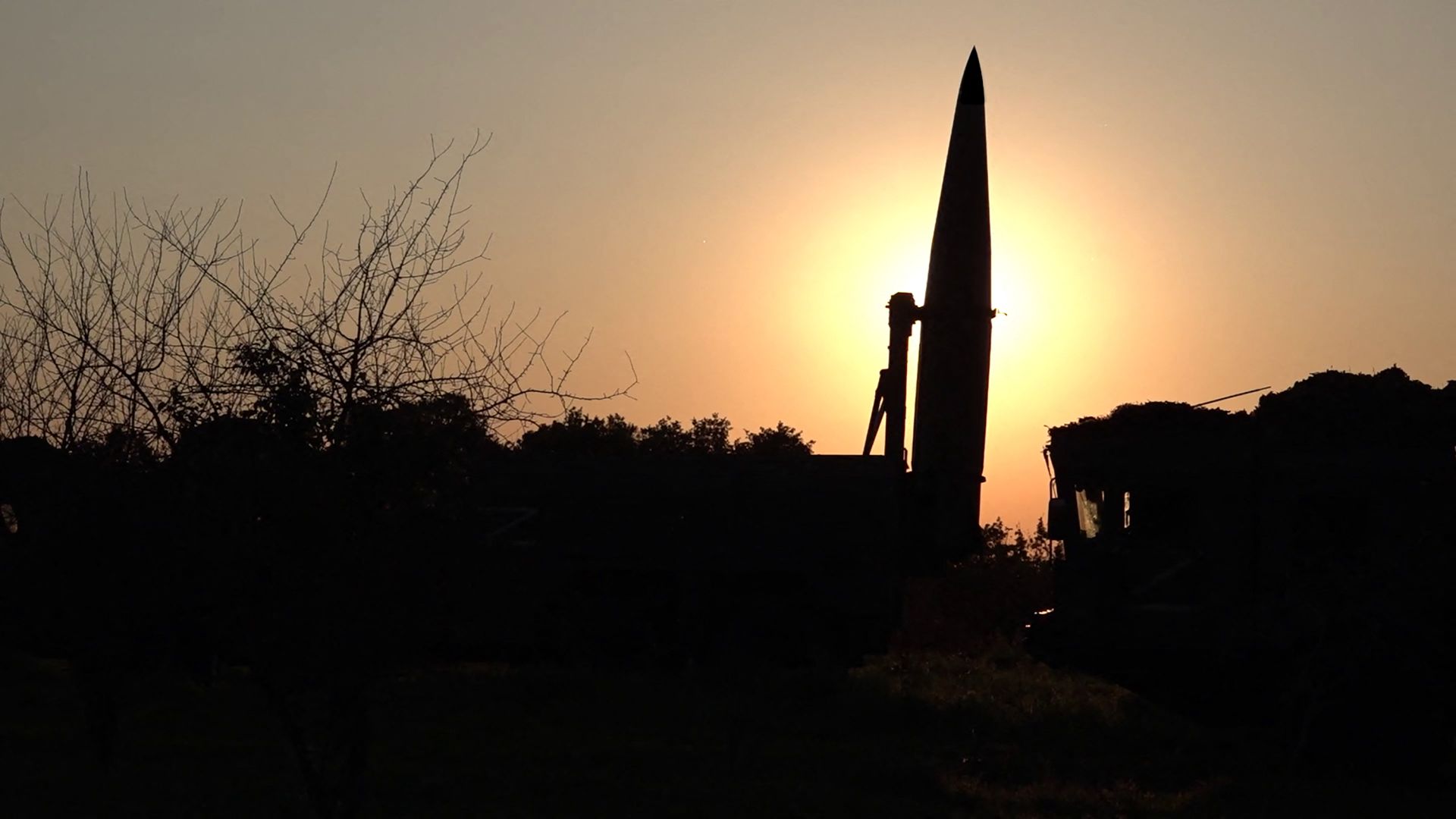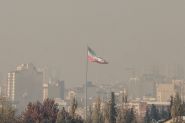- Home
- Middle East
- The World’s Three Biggest Nuclear Hotspots

This photo, published by the Russian Ministry of Defense on May 21, 2024, shows Russian forces during a tactical nuclear weapons exercise in the south of the country. © Handout / Russian defense ministry / AFP
After Japan's anti-nuclear group Nihon Hidankyo won the Nobel Peace Prize on Friday, here is an overview of today's biggest nuclear hotspots.
Israel-Iran trade warnings
Israel regards Iran's nuclear facilities as an existential threat and has promised a "deadly, precise and surprising" response after Iran launched its second-ever direct strike on Israeli territory on October 1.
US President Joe Biden has warned Israel against striking nuclear infrastructure, while Republican presidential candidate Donald Trump has said the opposite.
Tehran has promised "an even stronger response" to an attack on its nuclear infrastructure.
More than three dozen hardline Iranian lawmakers on Thursday called on supreme leader Ayatollah Ali Khamenei, who wields ultimate authority in Iran, to reconsider his long-standing religious edict or fatwa banning nuclear weapons.
Tehran insists its nuclear activities are entirely peaceful and designed to produce energy.
A 2015 deal with major powers curbing Tehran's nuclear programme in exchange for sanction relief fell apart in 2018, when then US president Trump pulled his country out.
The International Atomic Energy Agency (IAEA) says Iran has significantly ramped up its nuclear programme and now has enough material to build more than three atomic bombs.
Israel is the Middle East's only -- if undeclared -- nuclear-armed state.
Russian threat, amid Ukraine war
Since invading neighbouring Ukraine in February 2022, Russia has on several occasions brandished the threat of atomic weapons against Kyiv's Western allies.
On September 25, President Vladimir Putin proposed changes to the nuclear doctrine that would allow it to launch a nuclear response to a "massive launch of air and space attack weapons".
Aggression against Russia by a non-nuclear state with the participation or support of a nuclear power would be seen as a joint attack.
Putin did not specifically mention Ukraine, a non-nuclear state, but it was clearly referenced as Kyiv is seeking permission to launch US-made long-range missiles into Russia.
In mid-2023, Russia deployed tactical nuclear weapons to its ally Belarus, which also borders Ukraine.
Its army in May launched drills near Ukraine on the use of tactical nuclear weapons in response to perceived threats from Western nations.
Russia captured the Zaporizhzhia nuclear plant in southern Ukraine, Europe's biggest atomic facility, soon after its invasion.
The plant has come under repeated attacks that both sides have accused each other of carrying out.
North Korean exercises
North Korea considers South Korea its "principal enemy".
At a time when Pyongyang is boosting its military ties with Russia, leader Kim Jong Un's regime has staged dozens of ballistic missile launches and sent thousands of trash-filled balloons into its neighbour's air space this year.
Earlier this month, he said his country would use nuclear weapons "without hesitation" if attacked by the South and its United States ally, state media reported.
North Korea in September released images of its uranium enrichment facility for the first time.
Defying United Nations sanctions, Kim, who carried out six nuclear tests from 2006 to 2017, said in September his country was moving to steadily increase its nuclear arsenal.
According to the state news agency, in April Kim supervised the first simulated nuclear launch exercises in response to air exercises between the non-nuclear-armed South and the US, which protects it under its nuclear umbrella.
In January, Pyongyang announced having tested an underwater nuclear weapon system.
North Korea in 2022 declared itself an "irreversible" nuclear power, a status enshrined in the constitution in 2023.
With AFP
Read more



Comments